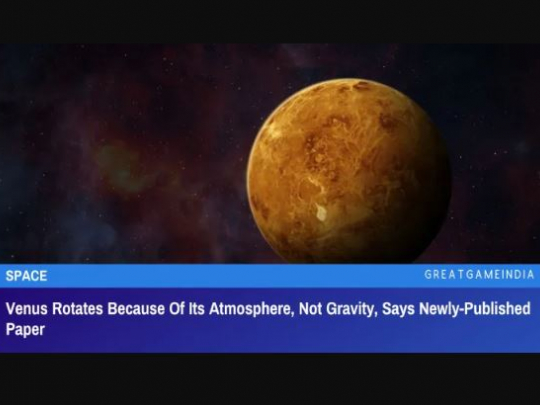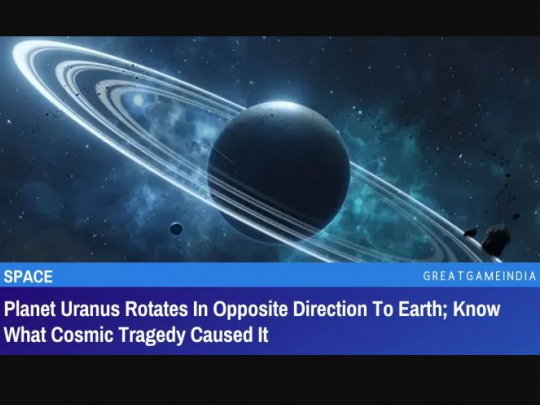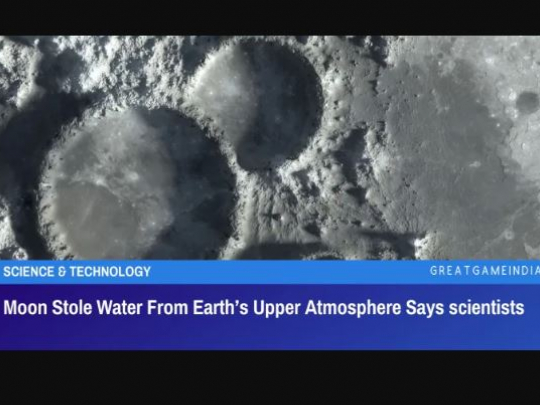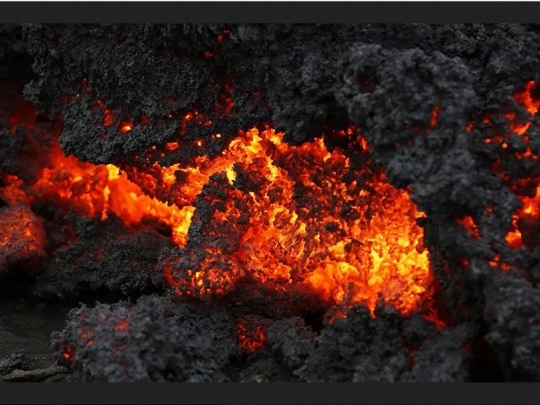Venus Rotates Because Of Its Atmosphere And Not Gravity Says Newly Published Paper

According to a newly published paper Venus rotates because of its atmosphere and not its gravity. Not only will analyzing Venus help us better understand exoplanets, but it will also help us forecast how our planet’s atmosphere and greenhouse gases will impact us in the years ahead.
Venus rotates slowly, taking 243 Earth days to finish one rotation, but this is quicker than one might expect for a planet so adjacent to our sun; Venus is in the tidal lock zone, which means it should not rotate whatsoever.
Whenever a smaller object, such as the moon around Earth or Mercury around the sun, rotates around a massive object without spinning, this is known as tidal locking. Venus is close enough to the sun to be tidally locked, but it rotates gradually instead.
Its incredibly thick atmosphere is the rational explanation it spins at all. Its powerful winds rip across the planet’s surface, easing the planet’s grip on the sun and allowing it to rotate, though somewhat slowly. Venus is so slow that a day on the planet is longer than a Venusian year, and the planet only requires 224 Earth days to orbit the sun.
Venus, unlike most of the planets in our solar system, rotates from east to west, allowing you to see the sun rise in the west and set in the east if you can somehow stand on the planet and can see through its dense atmosphere. Scientists are baffled as to why the planet spins backwards. According to one theory, the planet used to rotate in the same direction as the rest of our solar system, but as a result of the planet’s strong atmospheric “tidal torques,” it became tidal locked and afterwards inverted.
In a new paper published in Nature Astronomy, a scientist from the University of California, Riverside, contends that this means we should pay more attention to Venus’ characteristics when studying exoplanets (planets outside of our solar system).
“We think of the atmosphere as a thin, almost separate layer on top of a planet that has minimal interaction with the solid planet,” said Stephen Kane, lead paper author and UC Riverside astrophysicist, via Phys.org. “Venus’ powerful atmosphere teaches us that it’s a much more integrated part of the planet that affects absolutely everything, even how fast the planet rotates.”
Exoplanets are discovered by searching for the slight gravitational influence that the planets have on the star they orbit. This means that astronomers are likely to discover a large number of planets in the tidal locked zone. However, Kane argues that, rather than using an Earth-like template to assume what those planets might look like, we should look to Venus as an example of how we might design those exoplanets in the future.
“Venus is our opportunity to get these models correct, so we can properly understand the surface environments of planets around other stars,” Kane explained.
Because of its unrestrained greenhouse effect, Venus has a surface temperature of over 900 degrees Fahrenheit and is often referred to as Earth’s twin. Not only will analyzing Venus help us better understand exoplanets, but it will also help us forecast how our planet’s atmosphere and greenhouse gases will impact us in the years ahead.
- Source : GreatGameIndia


















